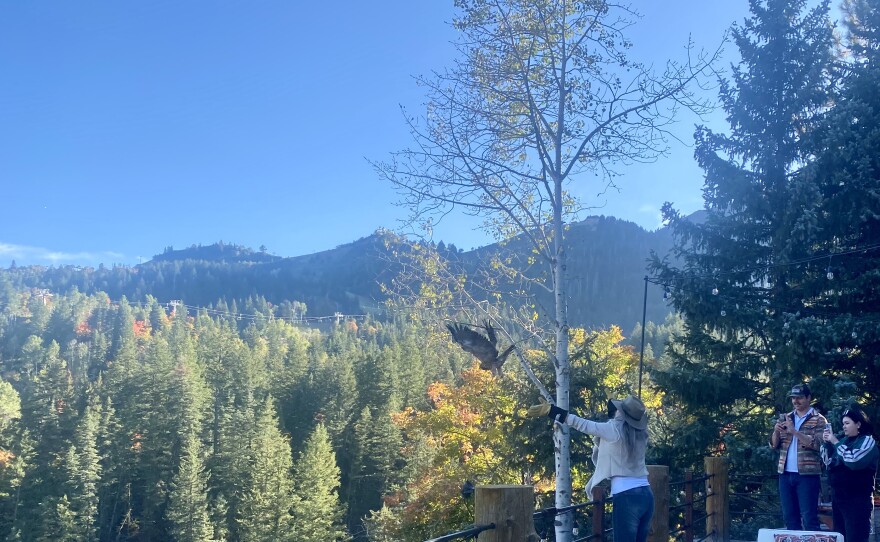Great Basin Wildlife Rescue, based in Utah County, works diligently throughout the year to rescue, rehabilitate and release wildlife, focusing particularly on local birds of prey.
Allison Leavitt is a volunteer who has spent nearly eight years working with the organization. Leavitt explained Great Basin Wildlife Rescue’s core mission and the role volunteers play in carrying that out.
"[Our] core mission is the rehab and release of our local Utah wildlife back out into the wild. Volunteers are the backbone of Great Basin. So we help with every aspect of not only bringing animals in, but helping them through their rehab, and then seeing them released back out into the wild.”
The group releases wildlife once rehabilitation is complete, in areas and times of year that allow for the most success of that animal. September and October are ideal months to release rehabilitated Swainson’s hawks, as the species is beginning its migration south for winter.
“This is a type of species that migrates, so they do not stay here in Utah all year long, because one of their foods that they eat is grasshoppers. And as these winter months come around, we see less and less of those so they follow the food,” Leavitt said.
Swainson’s hawks migrate all the way to Argentina, where they spend the winter months before beginning their migration back in the spring.
I joined Great Basin Wildlife Rescue at the end of September as they released seven Swainson’s Hawks at Paul Stewart’s house in Sundance, the perfect mountainous location to send these birds of prey off on their long journey south. These young birds were picked up in March or April of this year, due to abandonment that can occur for a variety of reasons, and are now ready for their migration’s south.
Volunteer’s also released a red-tailed hawk and long-eared owl, and while both species don’t generally migrate, they were ready for release and spend significant time in mountainous regions.
Visit greatbasinwildlife.net to learn more about Great Basin Wildlife Rescue’s wildlife rehabilitation program.






